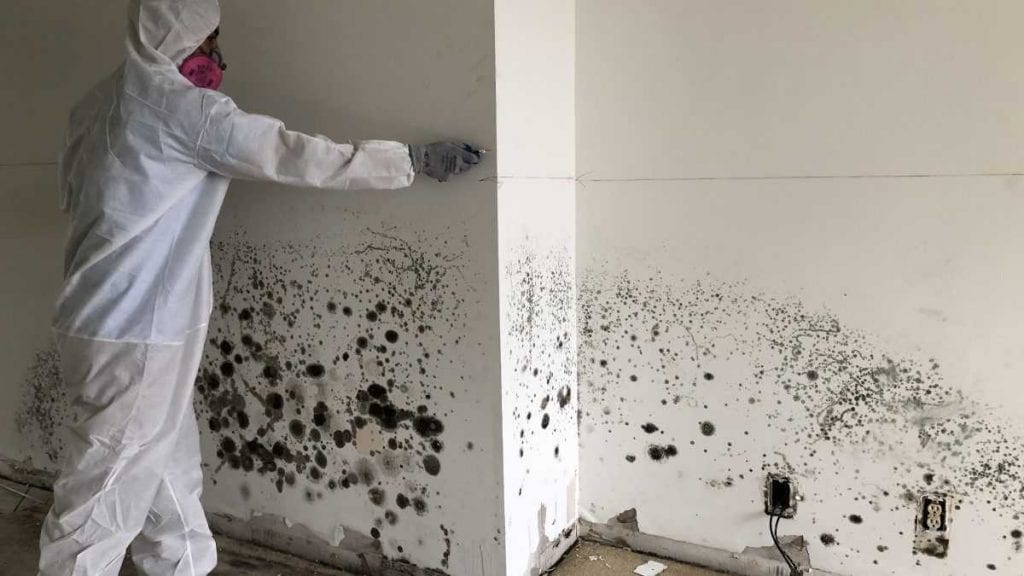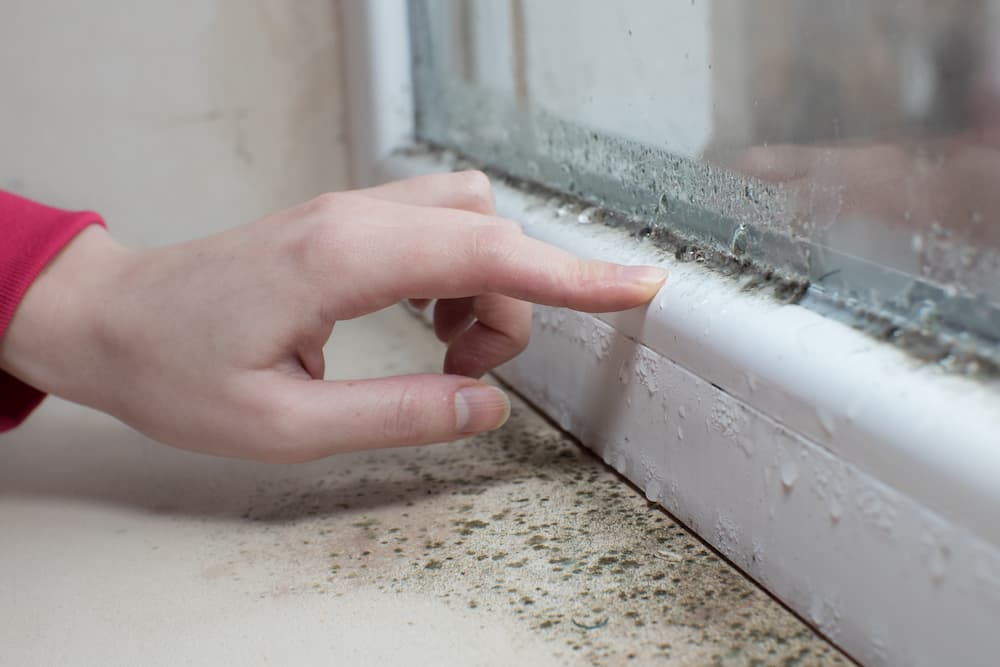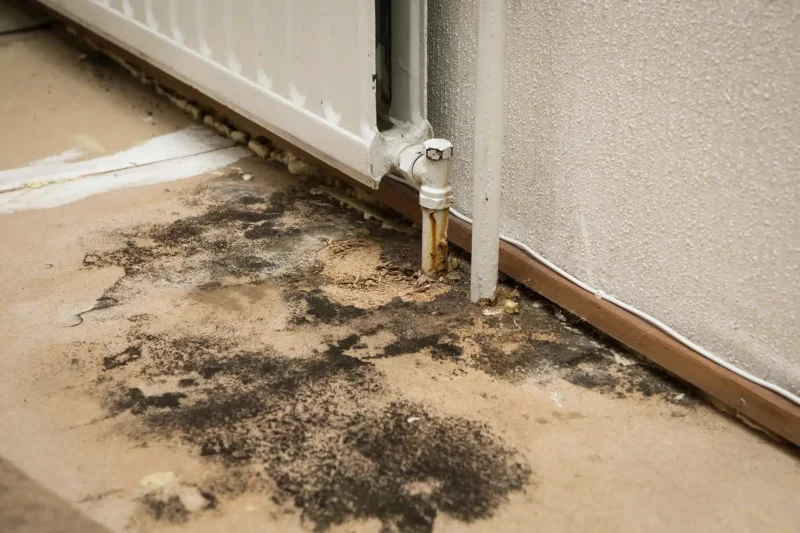In the quiet corners of our homes, mold can quietly flourish, transforming a seemingly perfect sanctuary into a hidden health hazard. The delicate balance of moisture and temperature creates an ideal breeding ground for these unwelcome spores, often unnoticed until theyve woven their way into our living spaces.
Regular home maintenance, then, becomes not just a chore, but a vital shield against the relentless advance of mold. From the attic to the basement, each nook and cranny holds potential for cultivation if left unchecked.
In this article, we will explore practical strategies for mold control, empowering you with the knowledge to keep your abode safe and serene. After all, a healthy home is more than just a beautiful space – it’s a fundamental cornerstone of well-being and peace of mind.
The Basics of Mold Growth

Mold inspection St Petersburg FL is vital when dealing with mold growth, a fascinating yet often troublesome phenomenon that occurs when moisture levels in your home rise to a certain point, creating a perfect environment for various types of fungi to thrive. Often hiding in plain sight, mold can flourish in dark, damp corners like basements, bathrooms, and behind walls.
Generally, it requires just three elements to grow: moisture, warmth, and an organic food source such as wood, drywall, or fabric. Surprisingly, mold spores are nearly everywhere, lying in wait for the right conditions to proliferate.
As they multiply, they can produce a musty odor and may even lead to allergic reactions or respiratory issues for sensitive individuals. Thus, understanding the basics of mold growth is imperative for homeowners seeking to maintain a safe and healthy living environment, as even the slightest oversight can turn a minor damp issue into a major mold infestation.
Common Types of Household Mold

Household mold comes in many forms, each with its unique characteristics and potential health impacts. One common type is **Aspergillus**, a mold that thrives in dusty areas and can produce mycotoxins, leading to respiratory issues.
Then theres **Cladosporium**, often found on textiles and wood, known for its dark green or black patches. **Stachybotrys chartarum**, or black mold, is notorious for its dark appearance and association with serious health conditions; it typically emerges in water-damaged environments.
Another prevalent type is **Penicillium**, recognized for its bluish-green color and its affinity for damp areas, such as kitchens and bathrooms. Lastly, **Alternaria**, a mold that flourishes in soil and on plant debris, can also infiltrate homes, often entering through open windows or doorways.
Understanding these common varieties is crucial for effective mold control, as early detection and appropriate response can significantly reduce health risks and maintain a healthier living space.
Health Risks Associated with Mold Exposure

Mold exposure can pose significant health risks, particularly for individuals with weakened immune systems, respiratory issues, or allergies. Inhaling mold spores can lead to a myriad of symptoms, ranging from mild to severe, including persistent coughing, sneezing, and skin irritations.
For some, the presence of mold might trigger or exacerbate asthma attacks, while others could experience chronic sinus infections or even serious lung infections if exposed over prolonged periods. Beyond respiratory concerns, certain types of mold produce mycotoxins, which are harmful compounds that can lead to neurological issues and other systemic health problems.
Monitoring and controlling mold levels in your home is not merely a matter of aesthetics; it is a crucial step in fostering a healthy living environment that safeguards your well-being and that of your loved ones. Regular checks and maintenance can nip potential mold problems in the bud, ensuring your space remains safe and inviting.
Conclusion
In conclusion, maintaining a mold-free environment is essential for the health and well-being of your home and its inhabitants. By incorporating regular home maintenance practices, such as monitoring moisture levels, ensuring proper ventilation, and addressing leaks promptly, you can significantly reduce the risk of mold growth. For those in St.
Petersburg, FL, a professional mold inspection can provide peace of mind and identify any hidden issues before they escalate. Remember, proactive measures not only safeguard your living space but also contribute to a healthier lifestyle, allowing you to enjoy your home to the fullest.
Embrace these strategies to keep your environment safe and mold-free!


